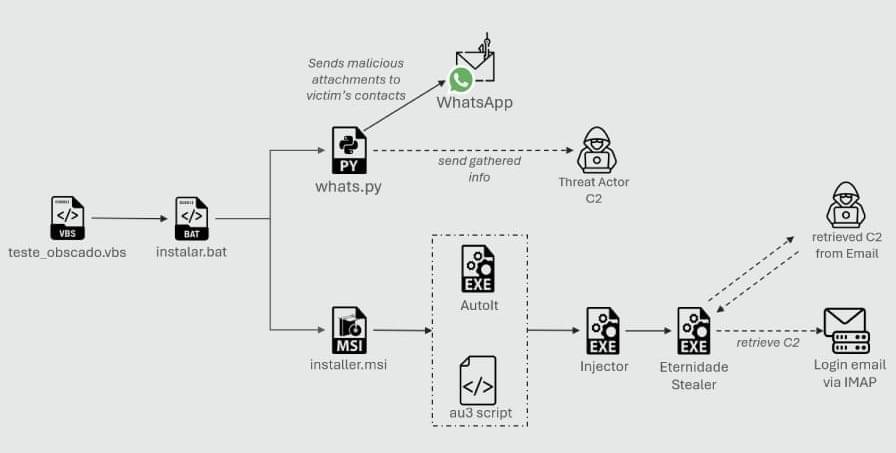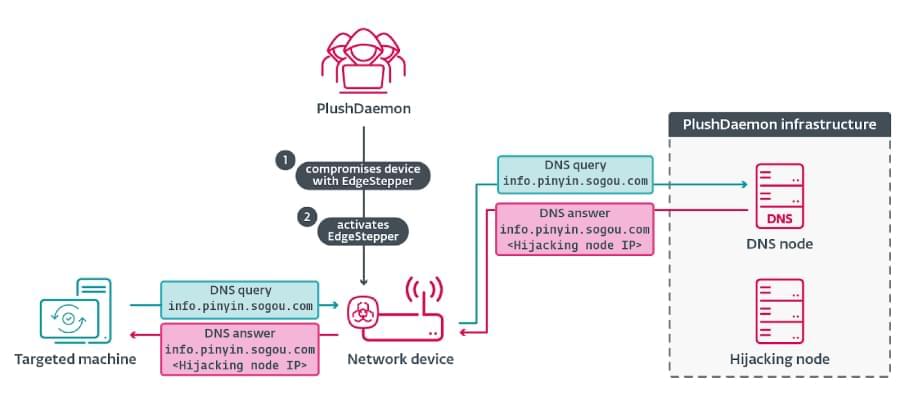The Institute of High Energy Physics (IHEP) of the Chinese Academy of Sciences has successfully completed the Jiangmen Underground Neutrino Observatory (JUNO) and released its first physics results.
After more than a decade of design, construction, and international collaboration, JUNO has become the world’s first next-generation, large-scale, high-precision neutrino detector to begin operation.
Early data show that the detector’s key performance indicators fully meet or surpass design expectations, confirming that JUNO is ready to deliver frontier measurements in neutrino physics.









